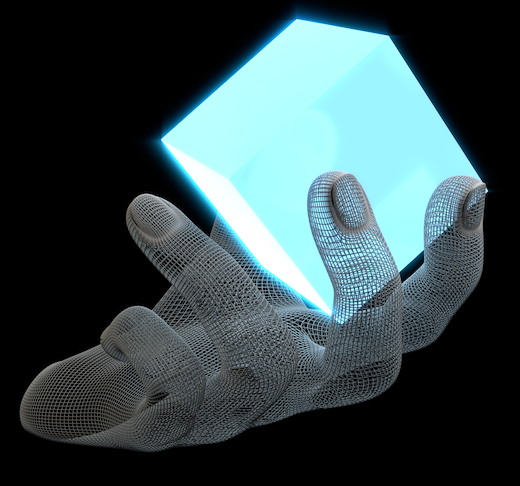The World of Virtual Reality (VR) has had some major advances in recent years, Head mounted hardware allowing for full visual Immersion is not just here, it is affordable and usable.
The Burgeoning technology is nearing its precipice where it has moved from a infancy design stage and will start becoming Main stream, the appeal of this technology has a foothold in not just gaming but social, education, medical and industrial applications.
As uptake is starting to swell, the technology for visual perception VR with interaction is now not just viable for the average user but very functional and fully immersive.
Haptic Perception
As the immersion of VR becomes more embedded, the desire grows for more sensory technology, the next step in sensory perception is touch before temperature and smell
Very much still in its infancy, the first end user product we will develop is a haptics (perception of touch) technology allowing basic simulated touch experience allowing the user to ‘feel’ a virtual object, gripping and manipulating the object, this initial design will lead the way to more fully interactive technology.
The initial design will allow anyone a fully interactive immersive experience, bridging the gap between natural and digital environments. Medical – handling of instruments for surgery, automotive, building and training and of course gaming for an added realism and interaction.
The social impact will be massive, the ability for anyone to completely immerse themselves in a safe, controllable virtual world with limitless environmental possibilities where they can be anyone or anything they choose, with full sensory interaction will be, in time, for many, irresistible.
The Natural experience will allow the analogue artists to fully engage with technology only limited by their unique imagination – creation of the images and digital objects that will further enhance the Virtual World.
- Haptics is any form of interaction involving touch. It can refer to:
- Haptic communication, the means by which people and other animals communicate via touching
- Haptic perception, the process of recognizing objects through touch
- Haptic poetry, a liminal art form combining characteristics of typography and sculpture
- Haptic technology, technology that interface with the user through the sense of touch

Anyone who has ever experienced a Virtual Reality (VR) environment has dreamed of being able to touch the virtual objects and manipulate them with his or her bare hands. Sadly, that requires much more than just a fast graphic board and an immersive visual display. For multi-finger interaction, this requires some kind of wearable force-feedback device, a so-called ‘haptic glove’.
The recent growth of the Virtual Reality market resulted in an intensification of development efforts in this technology. These days many teams and start-ups around the world are announcing imminent releases of commercial haptic gloves. Indeed, in the last year there has been one new product announcement almost every month. It is clear that not all new ideas will actually make it to the market, and that not all haptic gloves are addressing the same range of applications.
User requirements and constraints
The sense of touch is extremely complex, and cannot be addressed by a unique actuation principle. For this reason it is common to distinguish between “tactile” and “kinesthetic” touch. Tactile feedback devices provide input to the user’s skin. They try to recreate the sensation of a shape, a texture or in some situations even of thermal properties of a virtual object. Kinesthetic feedback devices apply forces to the skeleton of the user. They create an impression of movement and/or resistance through the muscles. In real life, both feedback types are present when touching an object. In order to experience tactile feedback only, one may try to touch an object placed on a slippery surface, so that it offers no resistance. Similarly, one could isolate kinesthetic perception by touching an object while wearing very thick gloves effectively filtering out the tactile component.
The main user requirements for a haptic glove are as follows: the glove should provide both tactile and kinesthetic feedback, it should be wearable (i.e. not heavy) and should not impede the natural movement of the fingers. Because the need to produce in large numbers to reach an acceptable market price, gloves either need to fit an arbitrary size and form of the hand or should be easily adaptable. Latter constraint is usually addressed by offering a selection of sizes within a certain working range. This approach is to some extent similar when purchasing rubber gloves for the household. However, it is not as simple as that as it becomes tedious when actuators need to be placed very precisely relative to the user’s anatomy.
Classification of haptic gloves
To simplify the analysis, the following classification of haptic gloves is adhered to:
- 1. traditional gloves,
- 2. thimbles and
- 3. exoskeletons
Information from -Touching Virtual Reality: a Review of Haptic Gloves – By Jérôme Perret
In the ongoing search for increasing realism and immersion in virtual reality (VR), haptic gloves are one of the more popular avenues of research, with several different variants being displayed by various companies at trade shows during 2018, but they are often considered to be cumbersome or difficult to get right. And that is why we are at the research and development stage of this product and what to develop a better product for the market.